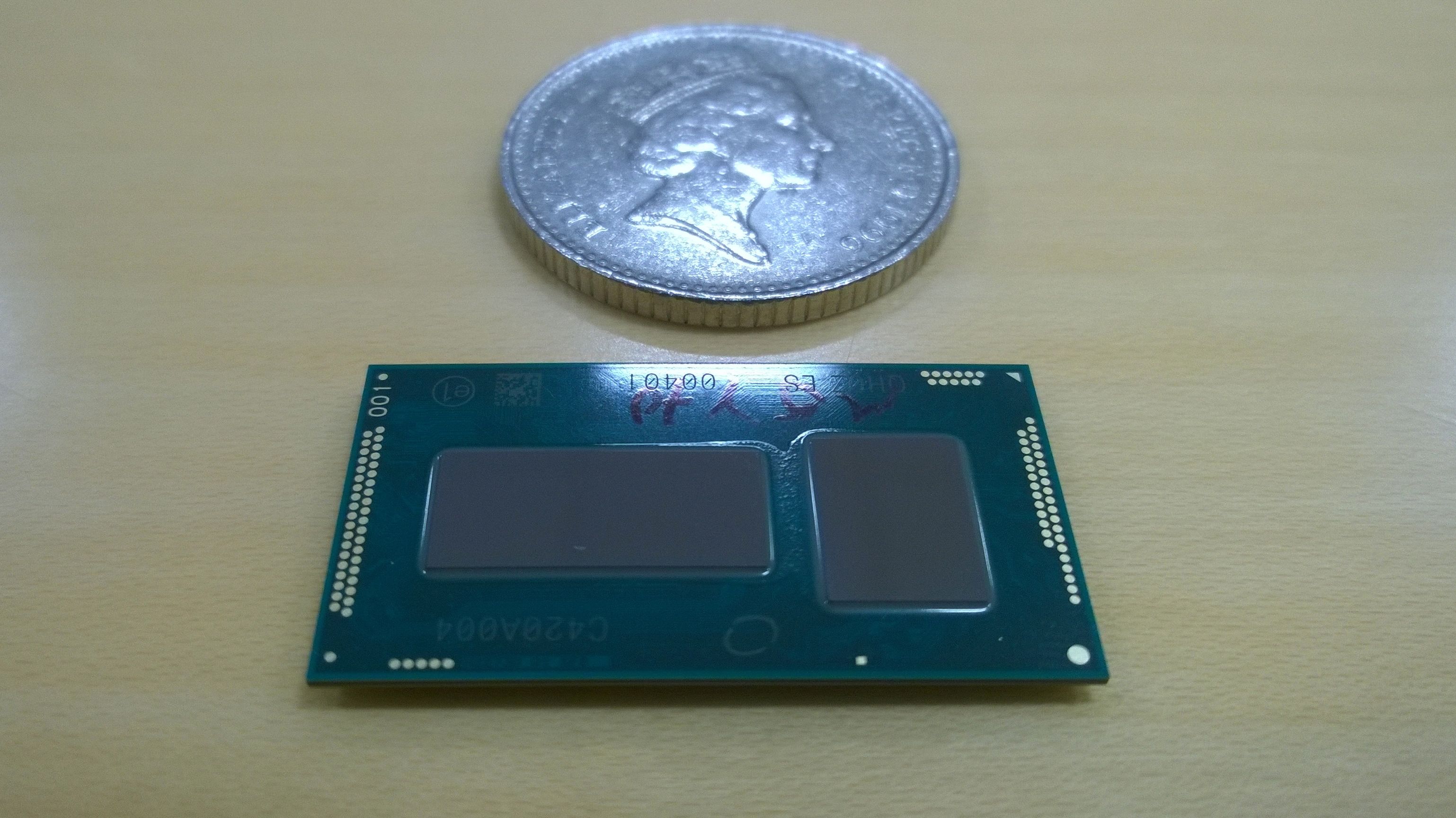Core M benchmarks: Why this CPU is the perfect candidate for the Surface Pro 4
The ideal pairing

The first Broadwell processors from Intel may well have been rather heavily delayed, but we've tested the new 14nm Core M CPUs and they some of the most impressive mobile silicon we've ever seen.
The 6W TDP Broadwell tablet we've got sat in front of us is more than capable of consistently besting a Surface Pro 3 in the performance benchmark stakes - as well as in power, thermals and volume tests too.
Microsoft must be cursing the delays that stopped it from being able to use these powerful processors in its latest top end tablet device.
We met up with Intel's performance benchmarking team at this year's Intel Developer Forum and were whisked up to a suite over-looking sun-bleached San Francisco for some playtime with its Llama Mountain reference tablet.
Inside is one of the first top-end 14nm Broadwell mobile chips, the teeny-tiny Core M 5Y70. It's a dual-core, quad-thread, processor rocking the latest Core architecture, but able to squeeze into a thermal design envelope of generally just 4.5W.
We say generally because the Core M CPUs are all capable of three different design points - either the standard 4.5W, a 'down-config' of 3W or an 'up-config' of 6W. The actual device manufacturers are the ones to decide what their products run at.
'Right now the OEM has control over that,' explained Intel's ingénieur extraordinaire, Francois Piednoel. 'But there is nothing to stop them from making the software to change that.'
Get daily insight, inspiration and deals in your inbox
Sign up for breaking news, reviews, opinion, top tech deals, and more.
The 3W 'down-config' mode is all about extending battery life and the 6W 'up-config' is all about max performance if the manufacturer's thermal design can cope with it.
But that's not the full story.
The TDP is an average thermal design over a given time, not the maximum Wattage a given Core M system will hit. Intel contends that it's more efficient to hit peak performance as fast as possible with higher power and steam through a processing task, than ramp up slowly and take your time.
'One of the strengths of Core M,' we were told, 'is we have found ways to ramp very quickly from 500MHz to 2.6GHz, and that gives us awesome responsiveness.'
The way Intel does this is to briefly spike the CPU up to 15W for a couple of microseconds in order for it to hit its top Turbo speed as quickly as possible.
'If I want to raise my voltage very fast and I want to go from 500MHz to 2.6GHz,' explained Piednoel. 'I better crank up the wattage just for a few micro-seconds just to get my voltage up. If you measure very closely you will see a peak, but that's not the TDP.'
Intel showed us three different thermal designs based on its Llama Mountain reference tablet: each replacing the backplate with either a full aluminium design, an aluminium with gold plating and a final one with an incredibly heavy copper backplate ('because we wanted to kill a fly with a hammer,' explained Piednoel). Each design effectively turned the rear of the tablet into a huge heatsink.
All the extra engineering work went into trying to make a design to get the most out of the new Core M, without having to throw a fan into the mix.
'We went gold, we went copper,' said Piednoel. 'And without coming out of the spec of Core M we got the same result on all of them. So you don't need to go crazy cooling to get the best performance on Core M. You just need the usual tablet design and you're good to go.'